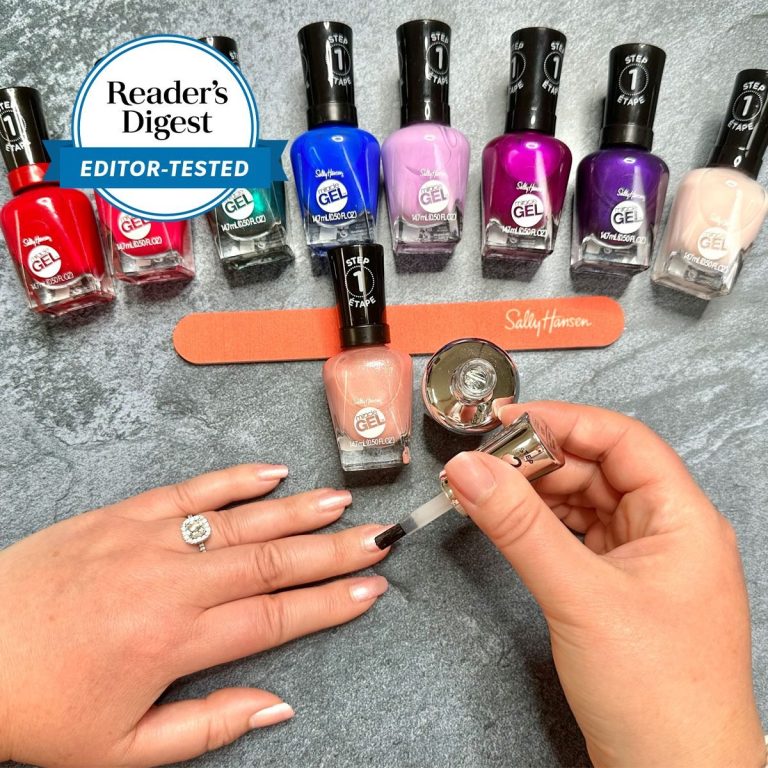On a damp weekday morning in north Kolkata, shutters rolled up with a reluctance that felt almost personal. A line had already formed near the counter—mothers with schoolbags slung over their shoulders, a grandfather whose umbrella had seen better seasons, a young man checking his phone every half minute. The sign taped to the glass was the same at half a dozen pharmacies within a three‑kilometre radius: “No cough syrups without prescription.” No fuss. No footnotes. The city’s retail chemists had chosen caution over convenience, at least for now.
The trigger, by all accounts, was a clutch of enforcement whispers and a fresh set of advisories—anxious talk about unsafe formulations, counterfeit bottles, and a rash of over‑the‑counter misuse that had become too obvious to ignore. Even in a city that lives comfortably with minor chaos, the mood around syrup aisles turned taut. Put another way: when the bottle could be a balm or a bad bet, the man across the counter would rather not make the call blind.
A city adjusts, with throat lozenges and patience
The pivot was abrupt enough to feel like a new speed limit. One chemist in Shyambazar shrugged, pointed to the notice, and slid a stack of saline nasal sprays across the counter like peace offerings. A mother asked for something “mild, safe, for dry cough—my daughter has exams.” The answer, an apologetic tilt of the head, was a referral to the clinic next door. Sales staff spoke quietly of “instructions” and “responsibility,” words that usually travel with compliance officers, not men in white coats under humming tube lights.
What’s really driving the clampdown
- Quality anxiety: Reports of unsafe or mislabelled cough formulations have a way of outrunning nuance. In that gap, reputations and livelihoods are fragile. No chemist wants to be the one who sold the wrong bottle when headlines land.
- Misuse and diversion: Codeine‑based syrups continue to tempt teen experimenters and opportunists alike. Cutting off casual access is the bluntest tool available at the counter.
- Enforcement weather: When inspectors and associations clear their throats in the same week, retail reacts. The safest stance in the fog is to ask for a prescription and keep receipts tidy.
Families discover the friction baked into “just in case”
For parents, the new rule isn’t a philosophy; it’s an afternoon lost. A quick errand becomes a doctor’s visit, a fee, a wait, a printed dose, and a return to the pharmacy where the same shopkeeper now smiles and rings up the bottle. Kolkata’s private clinics run warm with coughs at the best of times; this week, the waiting rooms hummed. Meanwhile, home remedies—the ginger tea, haldi‑milk, steam inhalation—enjoy an unsentimental resurgence, as do lozenges, saline sprays, and honey. In a pinch, most coughs are patient if we are.
What doctors quietly wish more people knew
- Coughs have types, and bottles have intentions: A suppressant meant for a dry, hacking cough can make a congested chest worse. That “mild, safe” request is harder than it sounds.
- A prescription is a note to the future: If a cough lingers, changes, or comes with fever, the written advice matters—doses, interactions, red‑flag symptoms.
- Hydration and humidity still work: It’s boring and unprofitable, but fluids and steam help more coughs than bottles do, and they don’t crosswire the symptom.
Chemists aren’t the villains; they’re the circuit breakers
Behind the counter, the calculation is simple. When supply chains wobble and rumours move faster than batch‑test results, the only defensible posture is to slow the transaction down and widen the circle of judgment. A prescription isn’t a moral stand; it’s shared accountability. If that sounds bureaucratic, spend a day on the other side of the glass, fielding 200 variations of “give me the strong one” while trying to remember which brand name hides which molecule.
How is this likely to settle in the coming weeks
- The spike in clinic visits stabilizes as general practitioners issue short‑course prescriptions and telemedicine slots fill the gaps.
- Retail settles into a workable script: ask for the script, offer non‑prescription support (lozenges, saline, thermometers), and point to nearby clinics for quick consults.
- Distributors go back to batch‑number basics—paper trails, verified sources, and a willingness to send questionable inventory back up the chain without argument.
The street‑level texture lingers
Walk past College Street after lunch, and the cough sounds the same as last week—human, irritating, ordinary. It’s the choreography that’s changed. A racket of rickshaws and tram bells holds steady, but inside the crowded chemist shop, there’s more paper, fewer winks, a little less trust in the bottle’s promise. The syrups aren’t gone; they’re gated. For a city that lives on jugaad, the reset is inconvenient, even annoying. It may also be the right kind of boring—one of those small civic habits that, added together, keep trouble from hardening into tragedy.
Until the scare ebbs, Kolkata will clear its throat and carry on—tea steaming in terracotta cups, prescriptions folded into shirt pockets, a collective preference for caution spoken in low voices over glass counters. It’s not drama. It’s adulthood, one cough at a time.






